Training Course Overview
Work Safely at Heights
Class size:
10 participants maximum
Assessment Type:
Theory and practical
Unit/s of competency:
People such as scaffolders, riggers and operators of elevating work platforms are exposed to the dangers of working at heights on a regular basis.
This 3 in 1 Work Safely at Heights training course will help to understand the THEORETICAL as well as PRACTICAL aspects such as choosing and inspecting equipment that is used to secure yourself whilst working at height.
This course also recognizes that you may be employed and work on multiple work sites across different industries – different industries require different Work Safely at Height certificates.
Course Topics:
- What classifies as “Working at Heights”?
- What does the Legislation say?
- Case studies of unsafe work at height
- Site specific height work analysis
- Risk assessment and hazard control
- How to select the correct equipment
- How to inspect equipment for condition and safety
- Introduction to fall protection equipment
- Harnesses, belts, anchor points and your own equipment
- Explanation of the different fall arrest devices
- Safe work with ladders and roofs
- Viewing of unsuitable equipment
Confined Space
A confined space is described as an enclosed or partially enclosed space such as storage tanks, pressure vessels, pipes, boilers and sewers. Get your confined space ticket with us via our RTO.
Our Confined Space Training is conducted over one day. This nationally recognized one day training provides you with the essential skills and knowledge of how to identify a confined space and to assess risks associated with a confined space environment:
Class size:
10 participants maximum
Prerequisite
nil required
Assessment Type:
Theory and practical
Unit/s of competency:
Course Topics:
- Legislation pertaining to working in confined space
- How to enter a confined space
- How to safely work in a confined space
- How to work in accordance with a work permit
- How to supervise work in a confined space
- What documentation is necessary to perform confined space work
- Who is permitted to work in a confined space
- How to identify, report and control risk
Operate Breathing Apparatus
Our breathing apparatus training course will equip you with the skills required to safely inspect, maintain and operate self-contained breathing apparatus (SCBA). This training will be suitable for both confined space workers, or workers who may be required to use breathing apparatus during fire or in hazardous environments.
This course is taught by highly experienced Emergency Services instructors. This training course will teach trainees:
- How to determine what hazards may exist within various atmospheres
- How to risk assess the best work method from the hierarchy of hazard controls
- How to inspect breathing apparatus
- How to test breathing apparatus
- How to use breathing apparatus
- How to rescue a person from a hazardous atmosphere whilst wearing SCBA.
- Applicable Australian Standards and regulations
- Hazardous environments that require breathing protection
- Breathing apparatus training requirements
- The human respiratory system
- Types of breathing apparatus
- Communication procedures
- Risk assessments and hierarchy of hazard control
- Breathing apparatus components
- Calculating working duration and emergency escape times
- Using breathing apparatus control tally boards
- Breathing apparatus safety and entrapment procedures
- Cleaning, maintenance and testing procedures
Students who are deemed competent will receive a Statement of Attainment recognised under the Australian Qualifications Framework. This certification is nationally recognised. The Statement is issued by our RTO.
